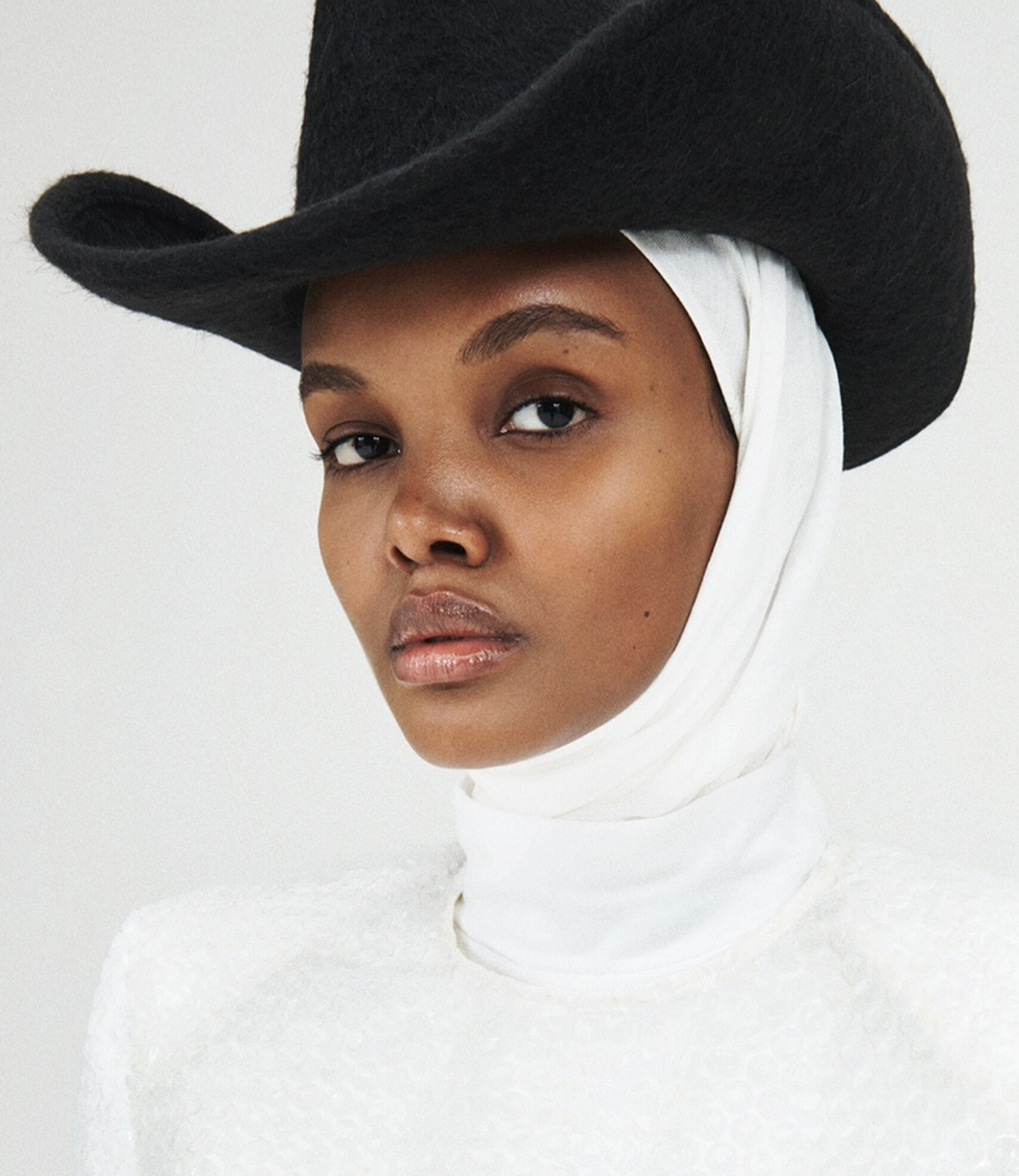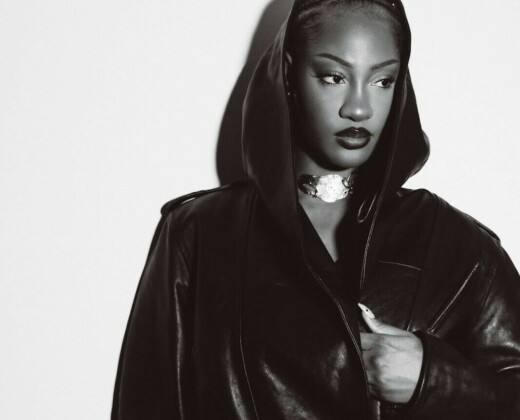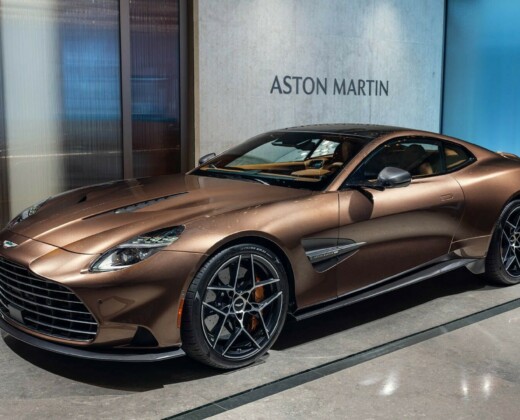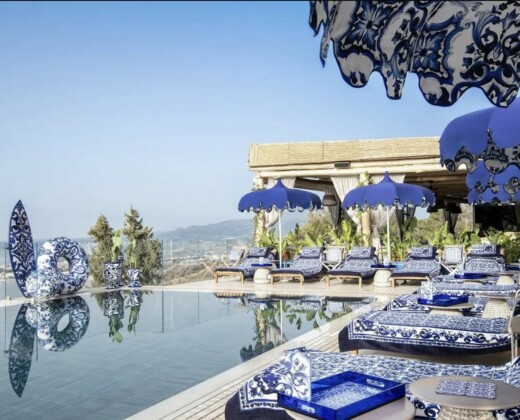Diversity, a word that has taken over the world of fashion. It has become one of the most used characteristics to describe its current scene, one of the most highlighted changes which this industry has witnessed over the past years.
We hear it and read about it everywhere; a more diverse fashion landscape, a more representative industry, and a more inclusive community, but how accurate is this really? We cannot deny that the fashion world has been undergoing a gradual and positive change, however, it may be time to consider that we might have overstated the diversity present in this glamourised world.
Diversity and fashion have always had a complex relationship, the necessity of diversity has often been addressed through marketing and commercial choices of fashion brands but the execution of these choices have debatedly taken away its significance. The success in the inclusion of a few diverse faces and bodies in renowned editorial campaigns and awaited fashion walks has been an encouraging step but can we realistically say that these have solved the issue of inclusivity?
The representation of diversity, whether it be in the form of ethnicity, body types, age or gender has easily shifted from an actual change to a mere extension of tokenism. At first, it undeniably seems as if the careers of models such as Ashley Graham and Jan de Villeneuve demonstrate that diversity in fashion is more than just a momentum, that it has been embraced by our favourite modelling agencies and fashion labels…
but the recent example of Halima Aden is here to make us realise that we still have a long way to go.
The young model who marked history by becoming the first hijab-wearing woman to appear in the Sports Illustrated Swimsuit issue and on the cover of British Vogue has decided to take a step back from the fashion industry. This decision follows her disappointment with the lack of diversity in the industry and its constant misrepresentation of the Muslim community. Her career was an impressive example of the decision taken by big fashion names to celebrate women across a broader spectrum than the one we were accustomed to, but as expressed by Halima herself this wasn’t enough, it wasn’t the right approach to inclusivity she had envisioned. Her career started with contracts that respected her Muslim faith and protected her beliefs and costums in accordance to the jobs she undertook but to her suprise this started to change with the years. Such as campaigns with terms that were in conflict with everything she stood for, with garments that replaced her hijab with the scope of being more ‘contemporary’.

From the outside these choices may have seemed as mere trial to adapt the muslim religion to the fashion ethos of certain brands but from Halima’s perspective these represented a lack of inclusivity in the behind-the-scenes of the industry, a lack of understanding on how to respectively include cultural diversity from the executive level.
This brings the focus to whether the inclusion of diversity remains just as a facade in the industry, something that we can witness just on the surface of fashion but that still struggles to be tackled in the actual system. Maybe if executive teams would be characterised by diversity, by people with different backgrounds and perspectives on cultural inclusion a jean wouldn’t have been used to replace the hijab of a model who doesn’t even wear them due to her customs.
Words by Chiara Ferrai, Graphics by Victoria Zhao








